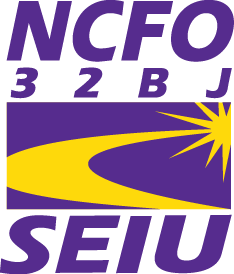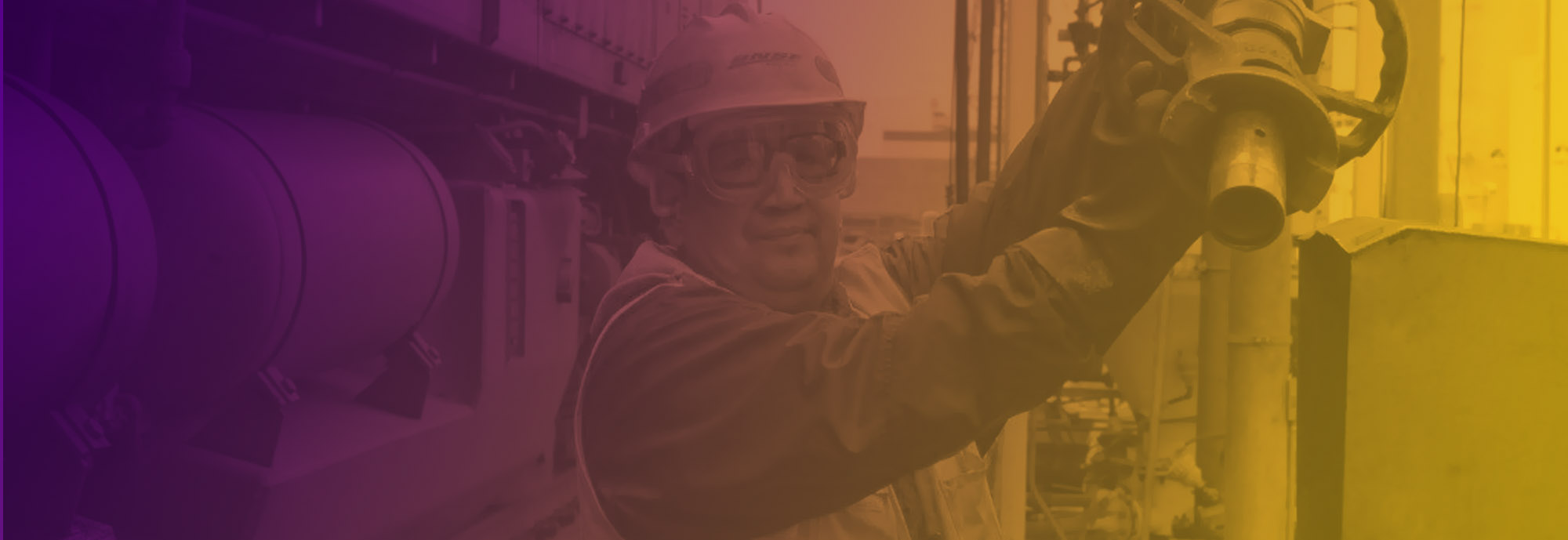
At the eighteenth annual convention of the American Federation of Labor, which was held in Kansas City, Missouri in 1898, five delegates got together to discuss mutual interests. At that time, December 18, 1898, the International Brotherhood of Stationary Firemen was born.
The official charter from the AF of L was issued January 11, 1899. Wages averaging seventeen cents an hour, a twelve-hour day, six-day work week and exhausting physical labor characterized the working conditions when the new national organization came into existence.
The original charter from the AF of L limited the trade jurisdiction to stationary firemen, but in 1919 the charter was expanded to include oilers and helpers in the boiler rooms, and reflecting this expanded jurisdiction, the union was renamed the International Brotherhood of Stationary Firemen and Oilers. As a result of a decision of the Railroad Labor Board during the 1920’s, our jurisdiction was further expanded to include roundhouse and railroad shop laborers.
Recognizing this new trade jurisdiction, the AF of L, on June 24, 1931, issued a new charter including jurisdiction over “boiler firemen, water tenders, boiler washers, boiler washers helpers, oilers, ash handlers, coal passers, stoker firemen, stoker helpers, roundhouse and railroad shop laborers, utility men and maintenance laborers when employed in and around the boiler and engine room”.
In order to reflect these changes, the name of the organization was again changed to International Brotherhood of Firemen, Oilers, Helpers, Roundhouse and Railway Shop Laborers.
We rarely had to resort to strikes to win concessions from employers, but the 1922 railroad shopmen’s strike, in which we participated, was disastrous to our organization. When the strike as officially over, we had lost nearly three-quarters of our membership. The nation was plagued with a severe economic depression, but with an expanded jurisdiction, plus favorable labor legislation during the New Deal years, together with dogged determination on the part of the International officers and members, the direction of our organization was reversed and membership began to rise and by 1950 was at a peak following World War II.
As a result of technological changes which began to occur at that time, membership began a slow decline. One of the chief factors was the introduction of the diesel-electric locomotive to replace steam locomotives. This, together with increased substitution of oil and gas for coal in the power plants and the trend toward automation, was the cause of the decline in membership.
Our union, however, intensified its efforts to organize the unorganized. Because of the “no raiding” provisions in the AFL-CIO Constitution, we were obliged to focus on unorganized workers in our craft and class. Concentrating on schools, hospitals and public employees, as well as the commercial field, we were quite successful. We now represent employees in the private and public sector including breweries, hospitals, candy, canning, department stores, hotels, boiler rooms, chemicals, plastics, power companies, cold storage, school boards, paper industry, distilleries, gas industry, tobacco industry, government service shipyards, sanitary districts, transit companies, housing, school employees such as skilled and semiskilled trades workers.
At the 1956 International Convention, action was taken to change the name of the organization officially to what was being used by custom and practice and we then became the International Brotherhood of Firemen and Oilers.
SPECIAL CONVENTION ON SEIU AFFILIATION
Our Union has represented its members ably. We valued our freedom to control the decisions that affect our members locally and we wanted to continue to do so. Therefore, with the guidance of our International Executive Board, our leadership believed our Union would benefit from the service, security and solidarity which would be derived from affiliation with a larger union and the union considered to best fit our needs was the Service Employees International Union, better known as SEIU. Thus, we became the National Conference of Firemen and Oilers, SEIU.
This affiliation agreement made by the Service Employees International Union and the International Brotherhood of Firemen and Oilers sets forth the purpose of joining these two labor organizations and was the result of a special convention held on November 20, 1994 in Washington, D.C. The affiliation agreement became effective February 1, 1995.
The benefits of affiliation are many. For example, SEIU maintains a large and skilled staff and has developed relationships with many types of consultants to provide services to the locals of SEIU which SEIU makes available to NCFO. These services include education and training, legal services, research, help with local union administration, support in developing bargaining campaigns, work site safety and health concerns, public relations, information and printed materials, help in developing political programs, membership benefits programs, help with health insurance and staff assistance to help out during extraordinary times when unexpected problems or opportunities arise.
Effective July 1, 2008, a new era began for NCFO: the conference itself becoming a district of a large, fast-growing, innovative and multi-state affiliate of SEIU, Local 32BJ. At the same time, some public sector NCFO locals merged directly into larger SEIU public sector locals in order to strengthen representation and the political clout public workers need. Remaining NCFO locals became chapters of the new NCFO District, Local 32BJ, SEIU, led by President George Francisco and Secretary-Treasurer John Thacker.
The new streamlined structure immediately served to involve NCFO in exciting new organizing efforts, provided expanded resources for training and allowed even sharper focus on the core mission of providing the best possible representation for NCFO members.

